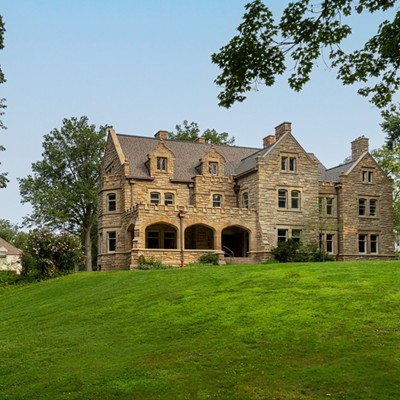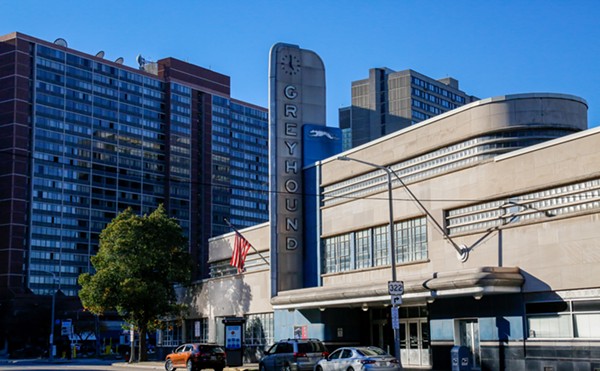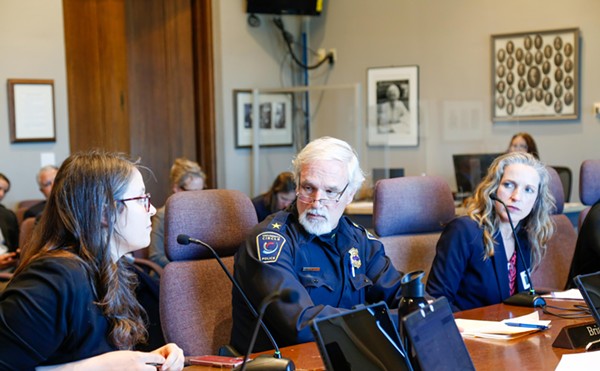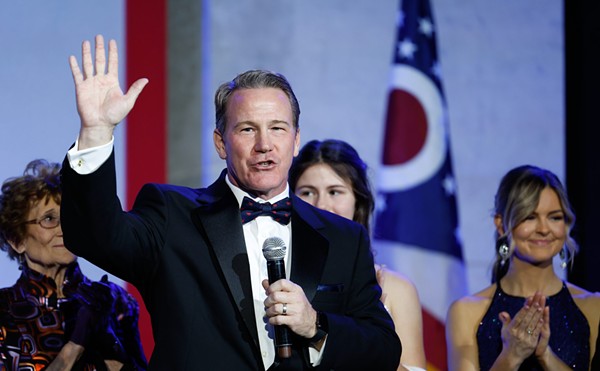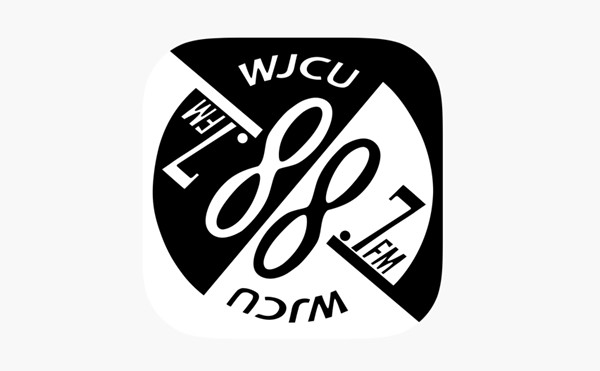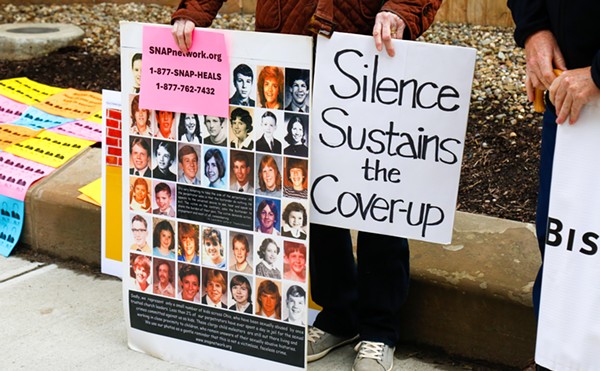Same-sex marriage is legal in 12 states, and Ohio is not one of them. That may very well change in the coming years, given several statewide efforts.
"As a lesbian and as someone who has been in serious relationships...I want the legal protections that come with what marriage could give me," Phyllis Harris, executive director of the LGBT Community Center of Greater Cleveland, says.
Honestly, that sort of common-sense policy of equality is long overdue in Ohio. But if gay, lesbian, bisexual and transgender rights are human rights (and they are), there are lots of other arenas where inequality still reigns. They just don't get the headlines that marriage equality does.
But those conversations play out daily in Cleveland and across the world. Harris, who goes by "Seven" within the community, connects the dots from Ohio's multifaceted push for marriage equality to the men and women she meets everyday. These are men and women who need varying forms of deserved solace, and marriage is but one of them.
"Do I need it in terms of a way of showing my commitment to a significant other? No, I don't. But there are a lot of gay and lesbian people who do."
Harris smiles.
"I do think about it with hope."
***
Tucked into the concrete folds of Gordon Square's buzzing arts district, the LGBT Community Center of Greater Cleveland is a fairly unassuming place. A quick jaunt down the staircase takes one into the basement of what is actually the Gordon Square Arcade.
Nowadays, the center hosts a variety of events throughout the week: group Tai Chi, gay and lesbian discussion groups, LGBT AA and more. There's also the center's free HIV and STD testing, which takes place Mondays and Wednesdays. Services like that, complemented elsewhere in town by MetroHealth's LGBT Pride Clinic, combat the outright denial of basic services faced by many in the LGBT community.
Harris beams as she discusses the week's events and describes the 38-year history that shapes the present moment. Talking in the conference room at the LGBT Community Center, surrounded by chairs and tables donated from caring local groups, Harris begins to describe some of the day-to-day tribulations she faces. These are innocuous occasions that are turned into moments of hazard and profound self-awareness simply because of a slice of her identity.
When she downsized from homeownership to a cozier rental recently, she was confronted with the matter of coming out forcibly. That's an issue faced by all LGBT people. "I need to come out. I'm out, but my lesbianism is only one part of my identity...It's something that forces me to come out, and I worry: Oh my gosh, I could be denied housing." Her worries are shared by many.
To a young person facing the prospect of bullying, part-time job applications or maybe a post-high school rental, there are issues of inequality at nearly every turn.
These are conversations that run constant through the community, though they don't make headlines, nor can their solutions be entirely legislated (though attempts are underway).
Nearly 70 percent of Ohioans believe that legal protections against employment discrimination are in place to protect the LGBT community, according to Equality Ohio. Nationally, according to the Center for American Progress, that statistic leaps to nearly 90 percent of the population. To be clear, employers are allowed to fire at will any employee for his or her sexual orientation or gender identity.
The inequalities that go unchecked by so many Ohioans include wage gaps, recruitment and hiring bias, institutionalized barriers to job growth and more. One in 10 workers who have come out publicly have reported losing their job due to their sexual orientation in the past five years, according to a recent Human Rights Campaign report.
Harris talks through those realities daily with the men, women and children who stop by the center.
Often enough, she says, the need for employment, safety and comfort overshadows the need for a legal marriage. Every other state that has succeeded with a marriage equality referendum has first approved anti-discrimination legislation, such as Ohio's Senate Bill 125 and House Bill 163. Those bills comprise the Equal Housing and Employment Act (EHEA), two pieces of legislation introduced down in Columbus last month. Essentially, the bills add "sexual orientation" and "gender identity" to anti-discrimination language that already includes race, religion, age and more.
The Employment Non-Discrimination Act (ENDA) is the national bill that would achieve a similar measure. None of the above efforts have had ultimate success in Ohio or at the federal level.


